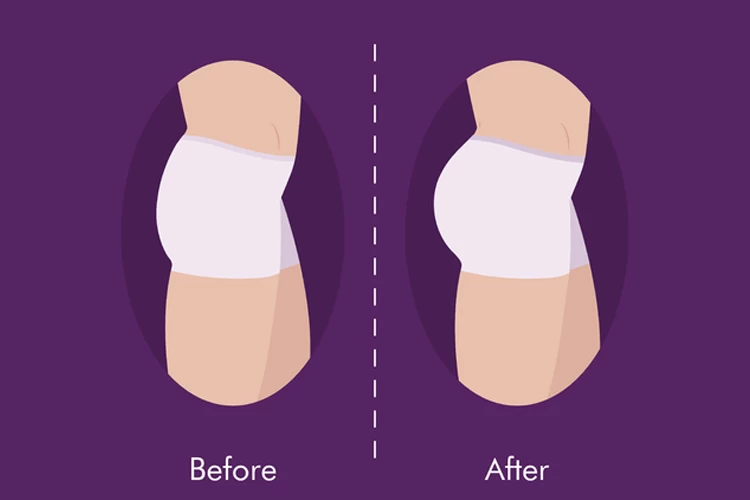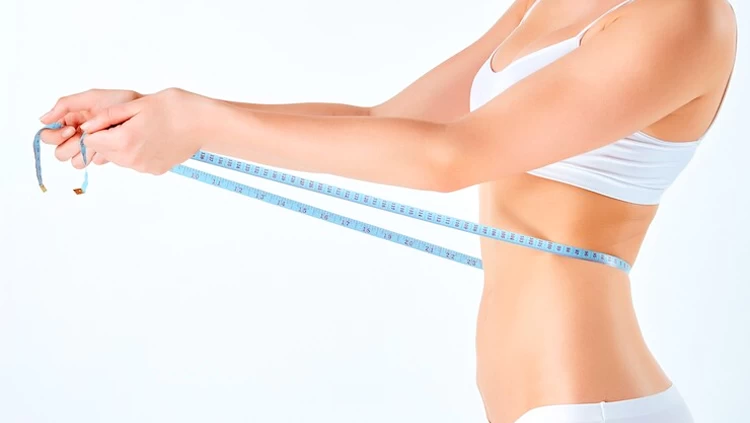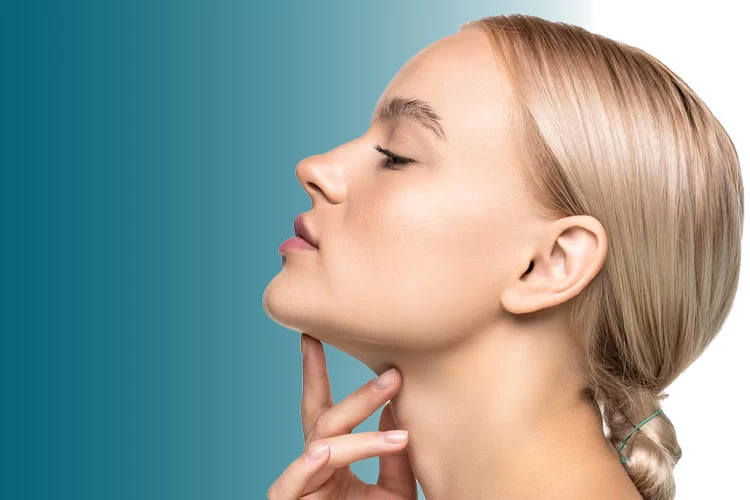Gastric sleeve recovery involves a structured process that focuses on diet, healing, and adaptation to lifestyle changes. Initially, patients follow a specific gastric sleeve recovery diet, starting with clear liquids and gradually progressing to pureed and solid foods over several weeks. Recovery from gastric sleeve surgery typically takes 2-4 weeks, during which patients may face common challenges such as managing pain, adjusting to new eating habits, and experiencing emotional fluctuations. To ensure a successful recovery, it's essential to adhere to the prescribed dietary guidelines, stay hydrated, engage in light physical activity as advised, and attend follow-up appointments for monitoring progress.
Bariatric surgery encompasses various procedures designed to help severely obese individuals lose significant weight by altering the digestive system. Common types include gastric bypass (Roux-en-Y), sleeve gastrectomy, and adjustable gastric banding. Sleeve gastrectomy is a simpler, less invasive weight loss surgery than others, reducing complications. It preserves natural digestion, minimizing nutritional deficiencies and dumping syndrome. Fewer long-term complications and the lack of foreign objects contribute to its safety profile.
During a BBL revision, the surgeon may need to perform additional liposuction to remove excess fat or perform fat grafting to enhance and reshape the buttocks. The goal of the revision is to achieve the desired aesthetic outcome and improve overall satisfaction with the appearance of the buttocks. Recovery from a BBL revision typically involves wearing compression garments, avoiding sitting directly on the buttocks, and following post-operative care instructions to ensure optimal results.
Buttock augmentation surgery is a cosmetic procedure aimed at enhancing the size and shape of the buttocks. In the implant method, silicone implants are inserted into the buttocks through an incision.
Potential risks and complications of VASER liposuction include bruising, swelling, infection, fluid accumulation, changes in skin sensation, and contour irregularities. Recovery from VASER liposuction typically involves wearing a compression garment to minimize swelling, avoiding strenuous activities for a few weeks, and following post-operative care instructions provided by the surgeon.
As an invasive surgery, preparing for tummy tuck surgery is crucial and helpful. Choosing a skilled surgeon, avoiding tobacco products and drugs, having less alcohol, taking a regular blood test and physical examinations, and adjusting your medications are necessary before abdominoplasty surgery. Otherwise, the results and your recovery period would be disappointing and devastating.
The breast implants drop and fluff 3 to 6 months after the breast augmentation surgery. When they settle in their intended position, your breasts look and feel more natural. The process of drop and fluff may begin sooner if you wear a supportive bra, avoid heavy activities, massage your breasts every day, drink plenty of water, and adjust your sleeping position to your current breast condition.
Full chin lipo recovery takes about 3 to 4 weeks, with the first week being the hardest. You need to wear a compression garment and limit your physical activities until your wounds are completely healed and your chin's swelling subsides. Luckily, the results of chin liposuction are lifelong if you keep your weight stable.
With thigh liposuction, you will have slimmer and more proportioned legs in just a couple of months. The most popular techniques of thigh lipo are tumescent, ultrasound-assisted, laser-assisted, and power-assisted. In all these methods, the fat cells are first liquified and then are suctioned out of the body through a small hole in the skin. The recovery of thigh lipo takes only two weeks, and its results are revealed within 4 to 6 weeks.
In back lipo, the surgeon melts the fat pockets with sound waves and removes them with a suction device. The goal of this operation is to reshape the back and love handles, improve the posture, and remove the bra rolls. Common and temporary complications of back liposuction are infection, uneven skin, swelling, and minimal scarring. You can enjoy the results of this procedure after 3 to 4 months.





![How To Prepare For Tummy Tuck Surgery? [Dos & Donts]](https://hws.raadinahealth.com/images/user_upload/blog/tummy-tuck/Tummy-Tuck249_1712987177_main.webp)


![Thigh Liposuction: How Does It Perform? + [Recovery] Thigh Liposuction](https://hws.raadinahealth.com/images/user_upload/blog/thigh-liposuction/closeup-shot-female-thigh_1712141911_main.webp)
